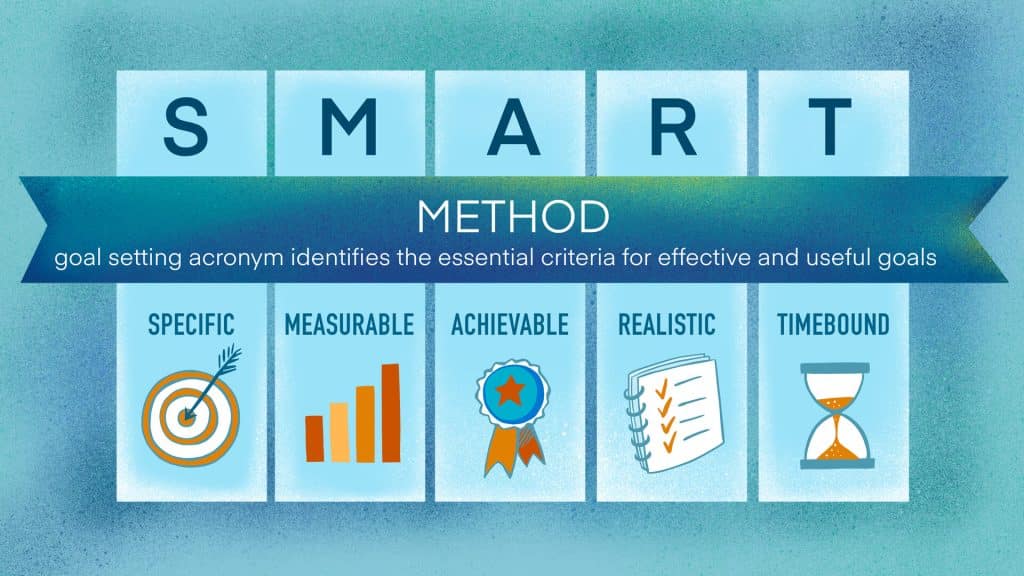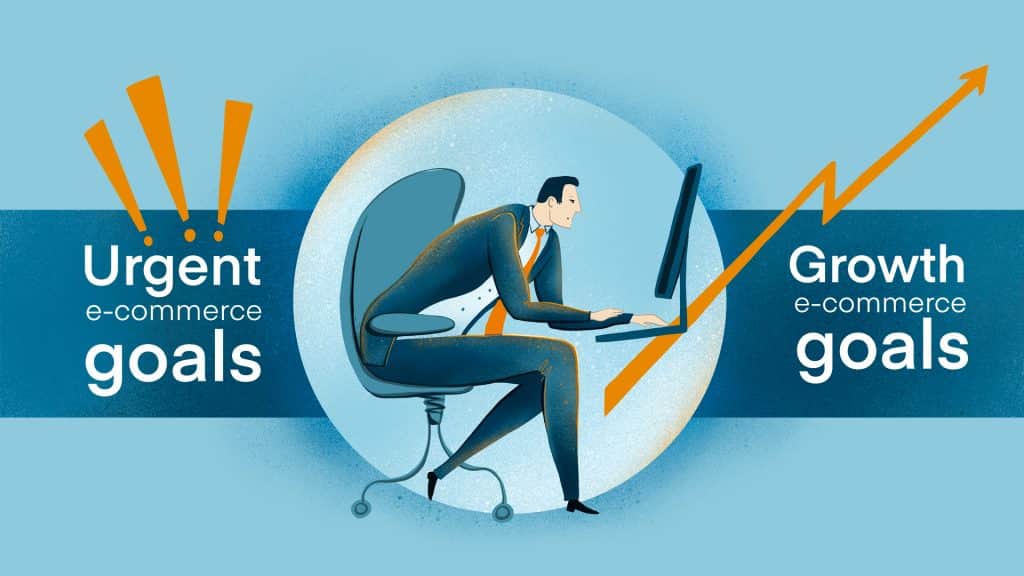
Goal-setting is a crucial component of effective business strategy. To achieve success as an omnichannel ecommerce company, you need to consistently set goals, assess your progress, and make sure you reach your targets.
It all starts with identifying the right goals. This can be easier said than done. However, with the right approach, you can create and achieve the goals that will propel your business forward. One of the most widely adopted goal-setting practices is the SMART method.
Utilized across disciplines ranging from businesses to academics to athletics, the SMART goal-setting acronym identifies the essential criteria for effective and useful goals:
- Specific—Goals must identify exactly what their objectives are. A vague goal may serve as a nice mantra or mission statement, but it will not provide a specific target for focusing your business decisions.
- Measurable—There must be some quantifiable element of a goal to help you know how much progress has been made toward attaining it. A binary achieved/not achieved status does little to propel progress toward attainment.
- Assignable—Goals cannot be achieved on their own. A strong goal has individuals responsible for bringing it to fruition.
- Realistic—A goal that cannot be achieved is simply a wish. You must ensure that any business goal is achievable, given the time, resources, and support you have available.
- Timely—Every strong goal needs a timetable. Without proper deadlines (and possibly incremental checkpoints), there is no sense of urgency to complete the objective.
These elements are what separate a dream from an actionable, achievable goal. Identifying these SMART elements as part of your business’s goal-setting process can help improve your likelihood of success and help you make crucial adjustments when goals fall short.
Once you have a handle on what constitutes a useful goal, the next step is deciding what elements of your ecommerce business would benefit most from a goal-driven approach.
SMART Ecommerce Goals Worth Setting
Running a successful omnichannel ecommerce business involves numerous strategies, workflows, and partnerships. This complexity also translates to a broad array of goal types that can (and should) be used to maximize growth.
Urgent Ecommerce Goals
There may be certain goals that must be set and met to prevent irreparable harm to your ecommerce business and brand. These are situations in which customer satisfaction, marketplace access, and/or your bottom line are ultimately at stake.
Establishing SMART goals can be an effective way to remedy these issues before they derail your operation. Some prime examples include:
Terms of Service Compliance
If you are notified that some element of your ecommerce business violates the terms of service of one of your vendors or one of the marketplaces where you sell, this issue is of utmost importance. Setting goals to remedy these issues promptly should always be an immediate priority.
Order Defect Rate
Most ecommerce marketplaces have thresholds of customer satisfaction and quality control that you must achieve to remain active on their platforms. Reducing your order defect rate is a critical goal for maintaining access to some of the largest customer bases in online retail, particularly if you are approaching the upper limits of acceptable compliance.
Shipping and Supply Chain Issues
If your products aren’t reaching you or are not reaching your customers, you have an issue. Similarly, if there are issues with the quality of your merchandise or shipping and handling practices, your customer satisfaction and brand reputation metrics are bound to suffer.
Setting goals to improve logistical speed, audit suppliers, and vet vendors can help respond to these types of issues and proactively aim to reduce them before they get out of hand.

Ecommerce Growth Goals
Not all ecommerce goals are reactive or preventative. Some of the most important goals you can set for your brand involve elements most ripe for growth. Targeted and actionable focus on these areas can be instrumental in bringing your online retail offerings to the next level:
Increasing Profit Margins
One of the age-old business goals means just as much now as ever. Setting goals to reduce costs and improve profits should be at the forefront of any retailer’s priorities. For ecommerce, maximizing profits includes considerations like warehousing costs, vendor fees, and shipping contracts.
Thankfully, Descartes Sellercloud’s reporting features make it simple to surface key profit metrics, like cost of goods sold (COGS) and profit and loss (P&L), as well as isolate specific business cost fluctuations over time, making goals more measurable and attainable.
Improving Listing Quality
Setting goals to improve elements of your listing catalog can pay dividends in the short and long term. Regular listing updates can ensure that your listings are providing the information your customers are looking for and also keep your listing’s SEO value high.
Similarly, setting goals to add and/or optimize the images and video in your listings can boost your products’ appeal.
Optimizing Your Inventory Turnover Rate (ITR)
Inventory management is vital in omnichannel ecommerce. Your Inventory Turnover Rate is a metric that allows you to monitor the ratio of your COGS to your inventory value. Setting SMART goals related to your ITR (as well as other inventory metrics) is a reliable way to optimize your ecommerce business’s purchasing, logistics, and warehousing efficiency.
Broadening Your Omnichannel Reach
The more places you sell, the more exposure you generate for your ecommerce brand. An omnichannel presence has become an industry necessity. Setting SMART goals to increase your brand’s marketplace omnichannel reach can be a great way to spur growth. What’s more, Descartes Sellercloud can help.
Expanding Into First-Party Sales
Ecommerce marketplaces provide outstanding opportunities to access massive customer bases and grow your online retail brand. That said, moving into first-party sales with your website, private label development, and/or dropshipping can take your business even higher. Setting growth goals tied to developing these lucrative channels can pay off big.
No matter your goals, Descartes Sellercloud can help streamline and simplify the process of achieving them. Our omnichannel ecommerce growth platform allows you to manage, track, and evolve all facets of your online retail business from one convenient interface.
Our over 350 integrations with the world’s best ecommerce partners give you access to the tools and vendors your company needs.
Contact us directly for a free demo to see how Descartes Sellercloud can put your brand’s goals within reach.




